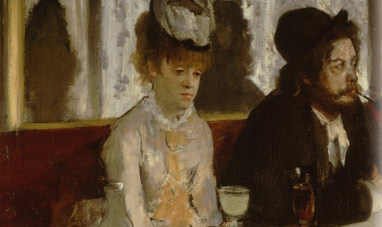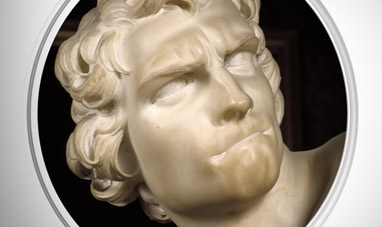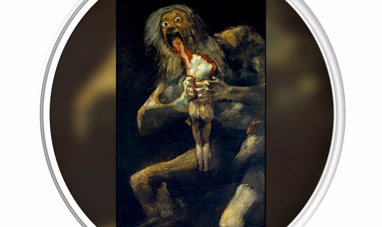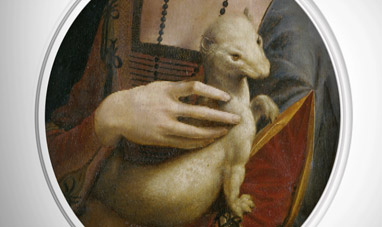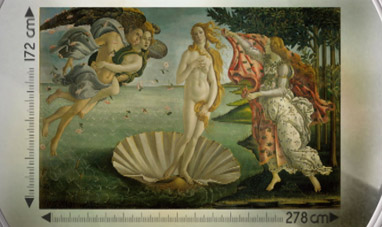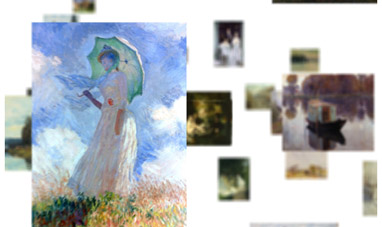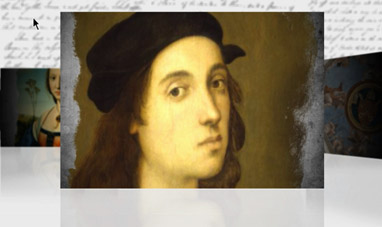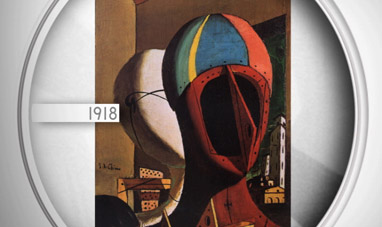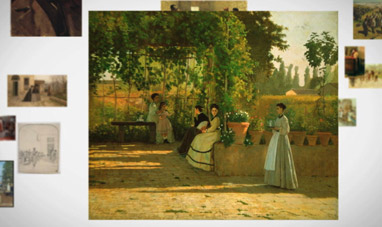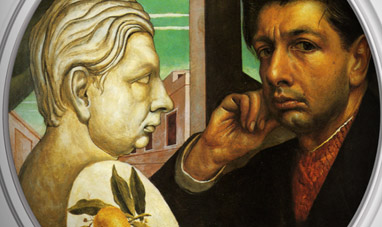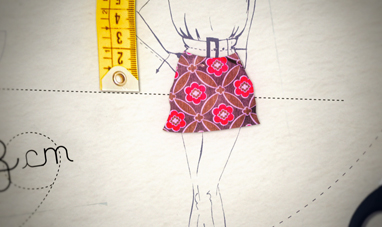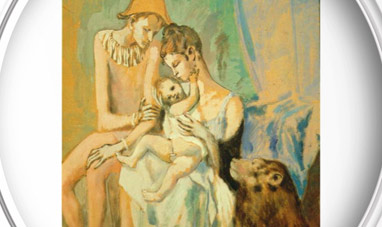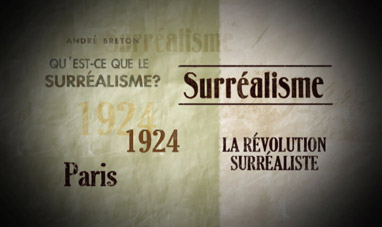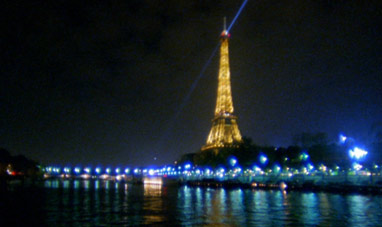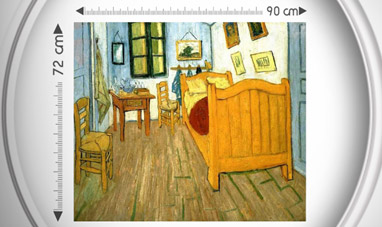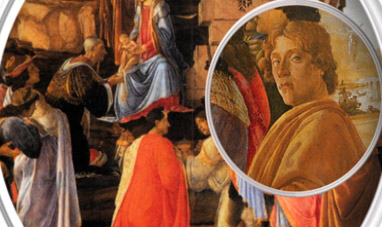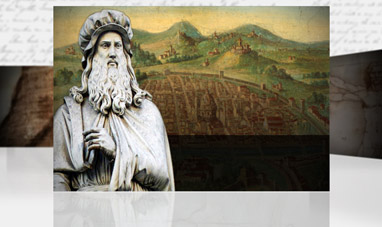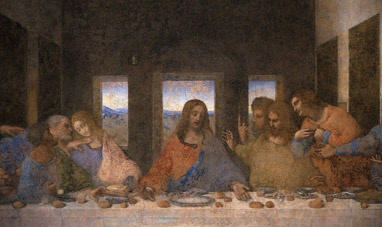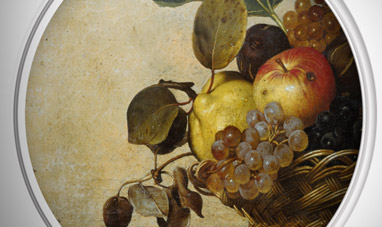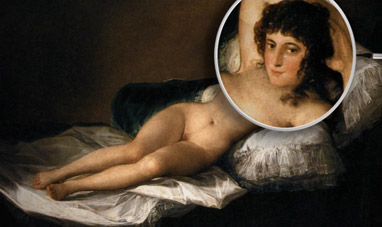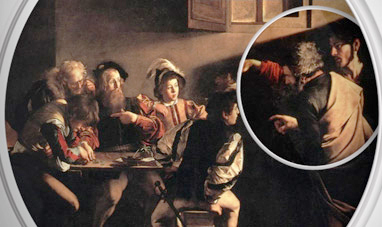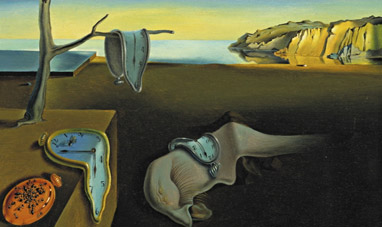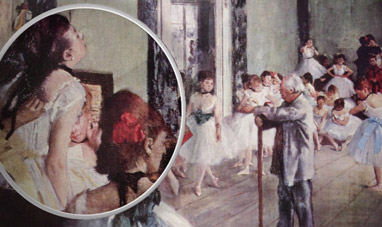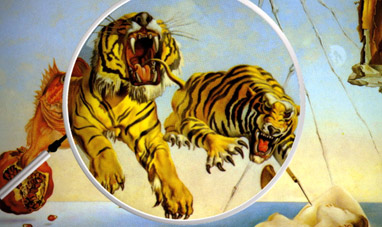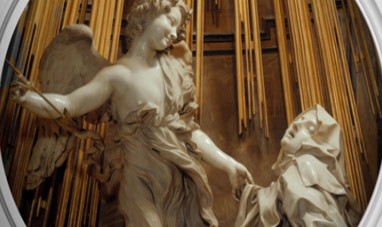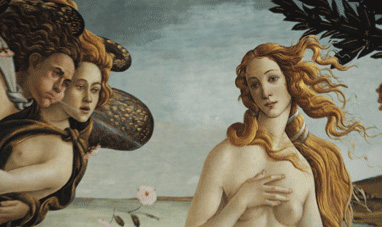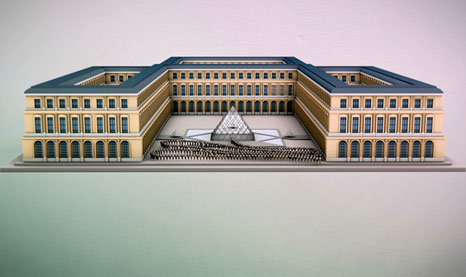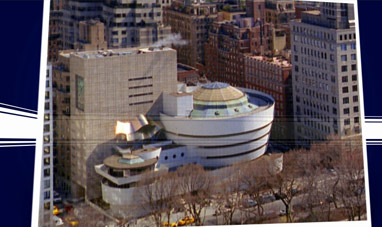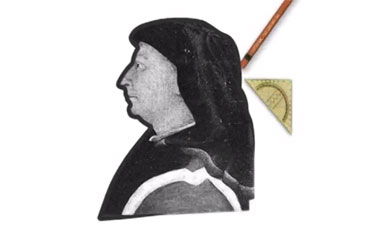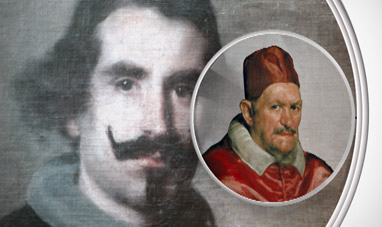The Mona Lisa is an oil painting on wood measuring 77 by 53 cm, painted by Leonardo da Vinci.
It was painted in Florence between 1503 and 1506, though the artist made changes to it almost up to his death, in 1519.
Together with the Last Supper, the Mona Lisa is considered one of da Vinci’s masterpieces, and has fascinated both critics and the public with its impenetrable smile and the rarefied atmosphere of the landscape, identified as the countryside around Arezzo, Italy.
No one is sure of the identity of the woman in the portrait. The most likely theory, confirmed by Vasari, a 16th-century painter and biographer, is that it is Lisa Gherardini, wife of the Florentine merchant Francesco Bartolomeo del Giocondo, hence the name.
But some historians think that the real sponsor of the work was Lisa’s lover, identified as Giuliano de’ Medici, son of Prince Lorenzo the Magnificent.
Giuliano kept the painting until 1515, giving it back to da Vinci when he married Filiberta di Savoia.
Two years later da Vinci moved to France, taking the painting with him.
The Mona Lisa was made using da Vinci’s typical sfumato technique, causing the figure and the countryside to merge into one.
Some people interpret the painting as representative of Leonardo’s philosophical conception of man and nature as indissolubly bound to one another in perfect harmony.
Recent X-ray tests have shown that the woman’s head was originally covered with a veil, traditionally worn by pregnant women. This would explain the Mona Lisa’s mysterious smile and the way she places her hands delicately across her belly.
Using computer renderings, other researchers have identified Leonardo da Vinci’s self-portrait in the lines of Mona Lisa’s feminine visage.
Sigmund Freud, an early 20th-century Austrian psychoanalyst, maintained that the woman was da Vinci’s dead mother, Caterina.
It is clear that da Vinci was especially attached to the portrait. He took it with him to Amboise, in France, when he moved there at the invitation of King Francis I.
Following da Vinci’s death, the painting went missing, and researchers are still reconstructing its history.
The most likely version is that Francis I bought the painting. But recent documents suggest that it returned to Italy through one of Leonardo’s students – Salaino or Melzi – and only returned to France at the end of the 18th Century, when it was placed on display in Louvre in 1804.
An Italian peasant named Vincenzo Peruggia, who wanted to return the painting to Italy for patriotic reasons, stole it from the Louvre in 1911.
The work was found in Florence two years later and returned to the French.
Today, the Mona Lisa can be seen on display at the Louvre in Paris.
It was painted in Florence between 1503 and 1506, though the artist made changes to it almost up to his death, in 1519.
Together with the Last Supper, the Mona Lisa is considered one of da Vinci’s masterpieces, and has fascinated both critics and the public with its impenetrable smile and the rarefied atmosphere of the landscape, identified as the countryside around Arezzo, Italy.
No one is sure of the identity of the woman in the portrait. The most likely theory, confirmed by Vasari, a 16th-century painter and biographer, is that it is Lisa Gherardini, wife of the Florentine merchant Francesco Bartolomeo del Giocondo, hence the name.
But some historians think that the real sponsor of the work was Lisa’s lover, identified as Giuliano de’ Medici, son of Prince Lorenzo the Magnificent.
Giuliano kept the painting until 1515, giving it back to da Vinci when he married Filiberta di Savoia.
Two years later da Vinci moved to France, taking the painting with him.
The Mona Lisa was made using da Vinci’s typical sfumato technique, causing the figure and the countryside to merge into one.
Some people interpret the painting as representative of Leonardo’s philosophical conception of man and nature as indissolubly bound to one another in perfect harmony.
Recent X-ray tests have shown that the woman’s head was originally covered with a veil, traditionally worn by pregnant women. This would explain the Mona Lisa’s mysterious smile and the way she places her hands delicately across her belly.
Using computer renderings, other researchers have identified Leonardo da Vinci’s self-portrait in the lines of Mona Lisa’s feminine visage.
Sigmund Freud, an early 20th-century Austrian psychoanalyst, maintained that the woman was da Vinci’s dead mother, Caterina.
It is clear that da Vinci was especially attached to the portrait. He took it with him to Amboise, in France, when he moved there at the invitation of King Francis I.
Following da Vinci’s death, the painting went missing, and researchers are still reconstructing its history.
The most likely version is that Francis I bought the painting. But recent documents suggest that it returned to Italy through one of Leonardo’s students – Salaino or Melzi – and only returned to France at the end of the 18th Century, when it was placed on display in Louvre in 1804.
An Italian peasant named Vincenzo Peruggia, who wanted to return the painting to Italy for patriotic reasons, stole it from the Louvre in 1911.
The work was found in Florence two years later and returned to the French.
Today, the Mona Lisa can be seen on display at the Louvre in Paris.

